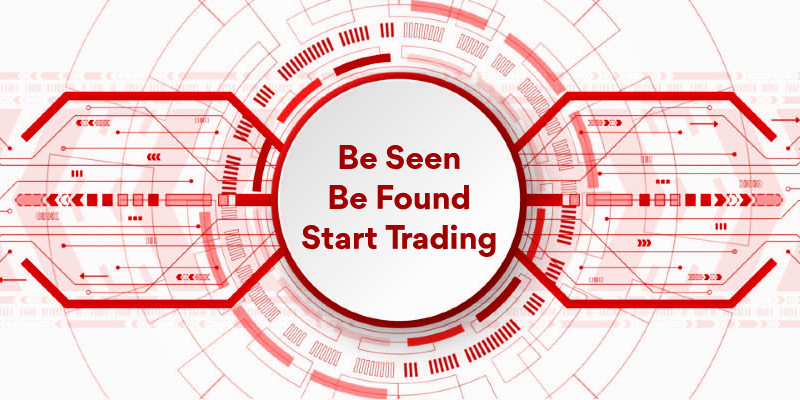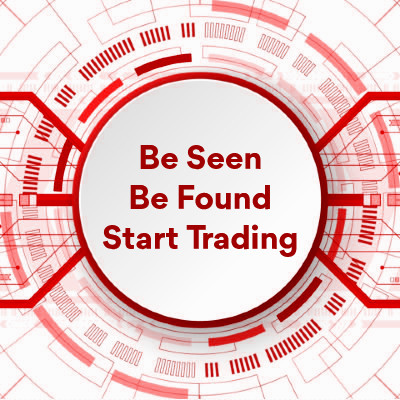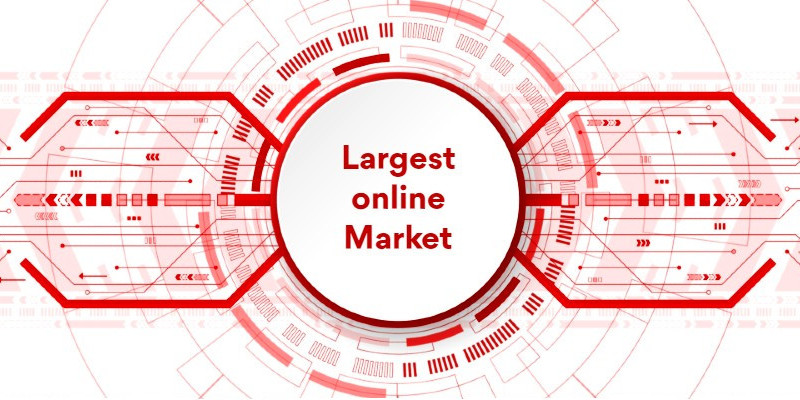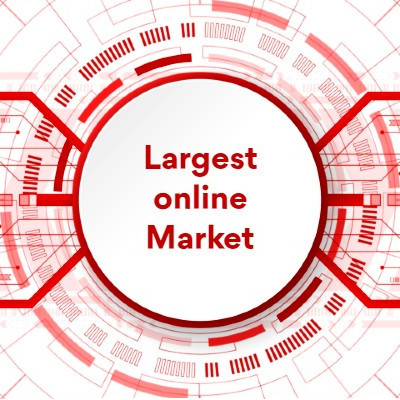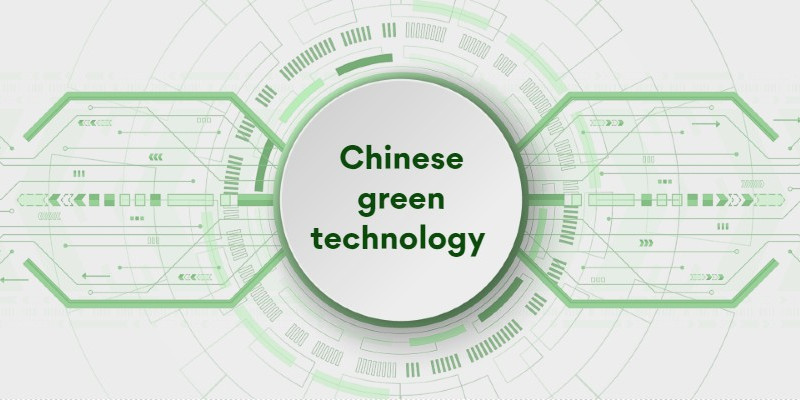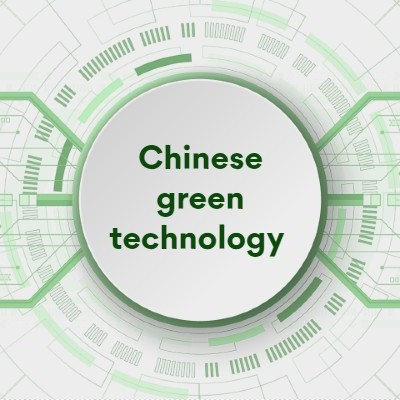


Chinese business to consumer trading
The Internet has allowed the development of the Business-to-consumer market in China.
Historical: before the internet
In the past, most consumer products were purchased at the local department store. The local stores selling consumer products had a minimal range and were not part of a chain of stores.
Store chains exist in China but are limited to large cities and shopping malls. In the past, Chinese or overseas, chain stores have not always been welcomed by local retailers and consumers, as the chain store can force local retailers out of the market. Local retail can create pressure and force the chain store to close!
Given the lack of purchasing power of chain stores and local competitors, most Chinese-made products outside China are cheaper.
Overseas goods were sold in licensed overseas stores at considerably marked-up prices.
Historical: the development of B2C Internet trading
The consumer market changed considerably with the start of the local e-Mall department stores.
Before China had access to local websites, the overseas e-Malls were always available. Some were accessible from China, not because they were blocked, but because they were too slow or inaccessible.
The other key issue was door-to-door delivery. International delivery was costly, and returning the goods was too expensive.
One of the first local e-malls was Amazon China, a local Chinese joint venture between China Company and international company Amazon.
Taobao, created by Alibaba, followed this.
Taobao was a tremendous success;
- Market penetration – Alibaba had access to most of the suppliers on the internet
- They resolve the end-to-end processing issues;
- Payment processing, Alipay
- Delivery systems
- Returns processing
- Social Media - Weibo
- They welcome Chinese-made products at low prices and are accessible to all.
Later, TMall (Alibaba) was added for “upmarket” products, and TMall Global for overseas companies
360Buy, now known as JDbuy, is the major competitor to Alibaba e-Malls.
JDbuy's advantage over Alibaba is its trading / commercial relationship with WeChat (Tencent). Given this relationship, we expect JDbuy's market share to grow significantly in the next few years (see BATs for more information).
Amazon China has a meagre percentage of the Chinese market. They lost their market share to Taobao, which created an end-to-end solution with greater marketing reach.
A summary of the Chinese rules and regulations
- Sell online on a Chinese-hosted internet site requires certification which is only available to a Chinese business
- Any product sold on a Chinese internet site is subject to Chinese rules and regulations
- Products sold on internet sites outside China to a Chinese consumer are not subject to Chinese rules and regulations
- Products imported to China are subject to duty and taxes
- B2C purchased from foreign internet sites are not subject to Chinese product certification rules (i.e. overseas cosmetic products sold directly to a consumer do not require Chinese product certification)
Chinese e-Mall market today
Today's good news is that all these e-Mall department stores help suppliers trade end to end, including selling, payment, importing, shipping, taxes, etc.
These services come at a higher cost than trading on Amazon or eBay outside China.
Many Chinese businesses feel that trading in e-Malls is very expensive and that only e-Malls can make a high profit.
These e-Malls have many problems, as counterfeit products (or copy products, as they are called in China) are sold.
The biggest trading day online in China is 11 November: Bachelor's Day.
Chinese overseas B2C e-Mall companies
Many overseas businesses look at their products being sold at higher prices, thinking that there are high margins to be made in China. The prices often include;
- International shipping costs
- The local shipping costs
- Custom fees
- Import taxes
- Sales taxes
i.e., what you often see on the internet in China is the net price for the end consumer.
There is a vast consumer market in China.
First, you must own your brand in China. If you own a brand registration in China, you can control who can sell your products online from a Chinese website—which is generally not available in the rest of the world!
After taking control of your company’s brand in China, you start working on reducing distribution costs, e.g., shipping in bulk, creating a Chinese company, and reducing transaction fees.
Transaction fees are often higher for overseas companies
- E-Mall membership fees
- Deposits
- Transaction fee
- Payment fees
If you have the business case, make sure you have your overseas company name, brand ownership in China and Chinese product certification (as required)
The good news is that you can start your business case today without travelling to China. Start searching for Chinese e-Malls for your products or similar products and see if there is a market for your business in China.
Last modified:V3.3 June 2019

